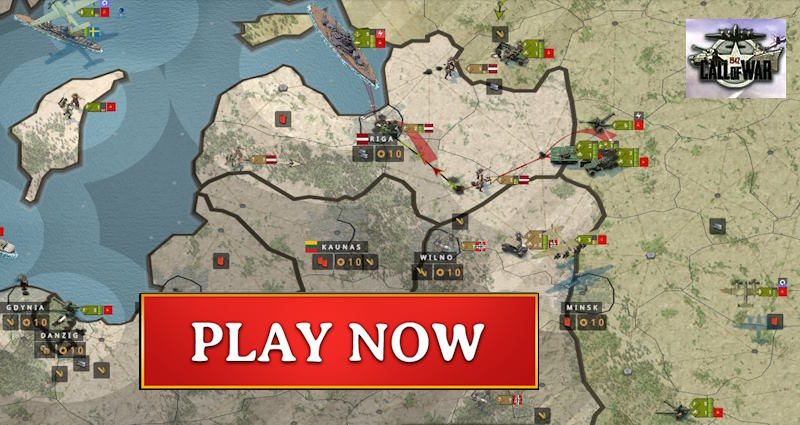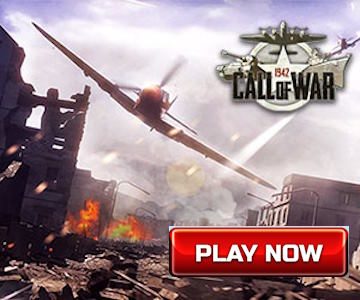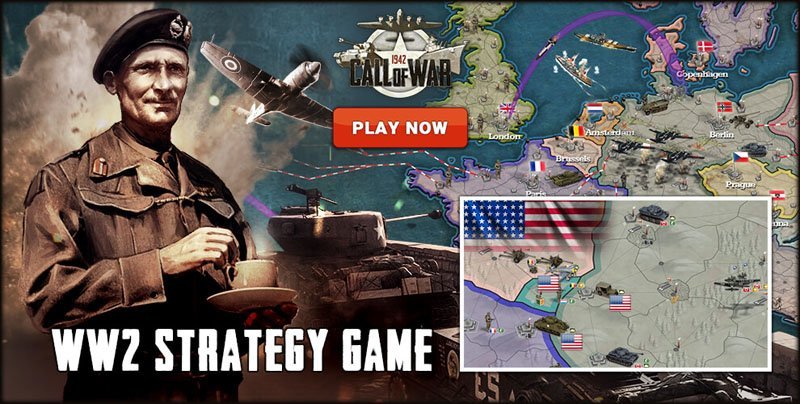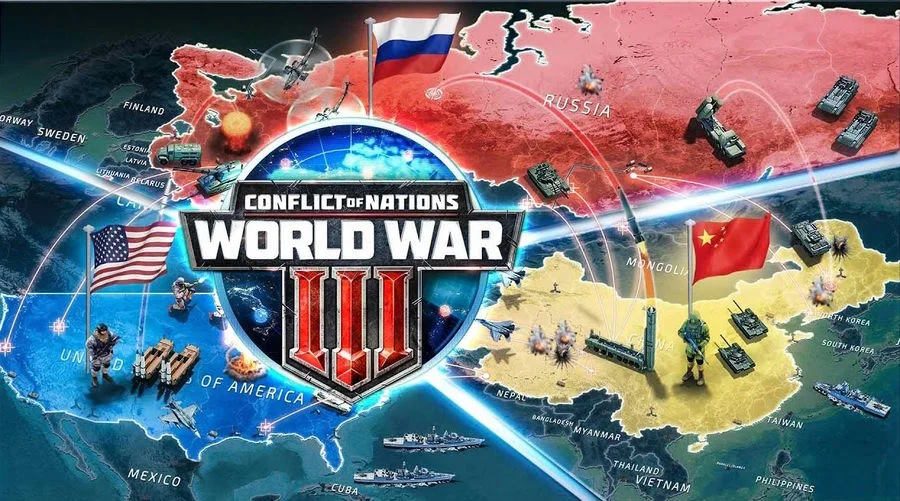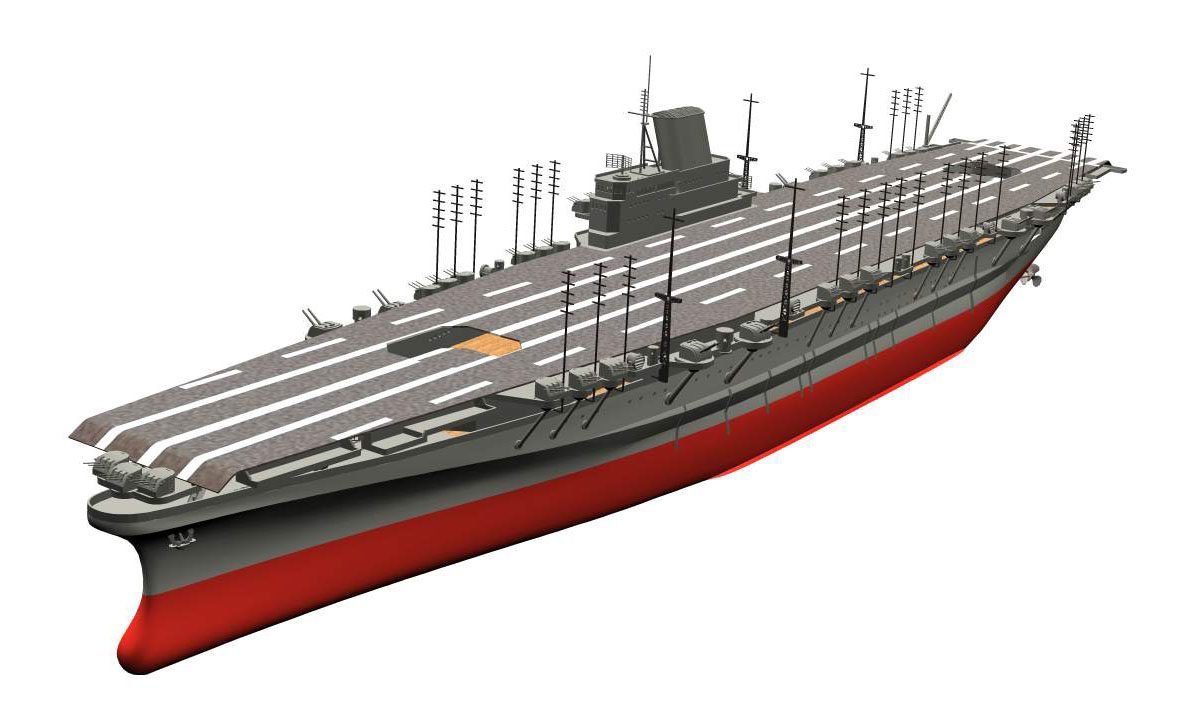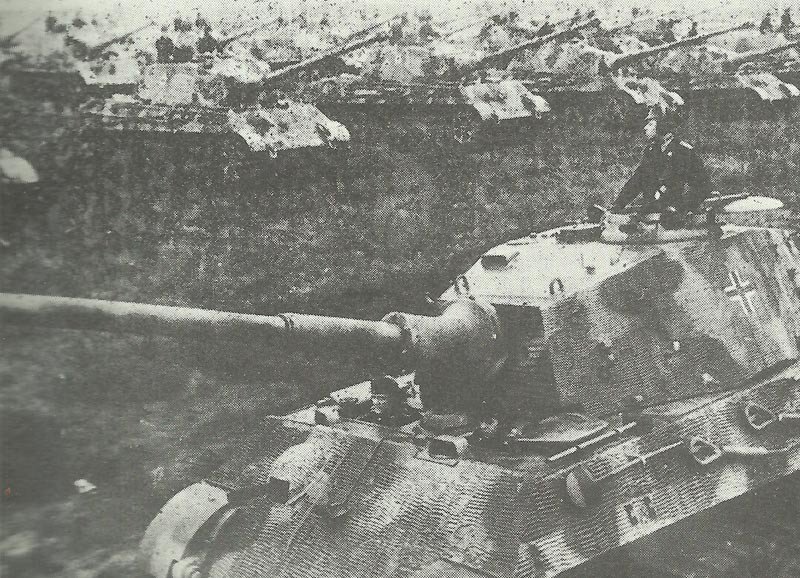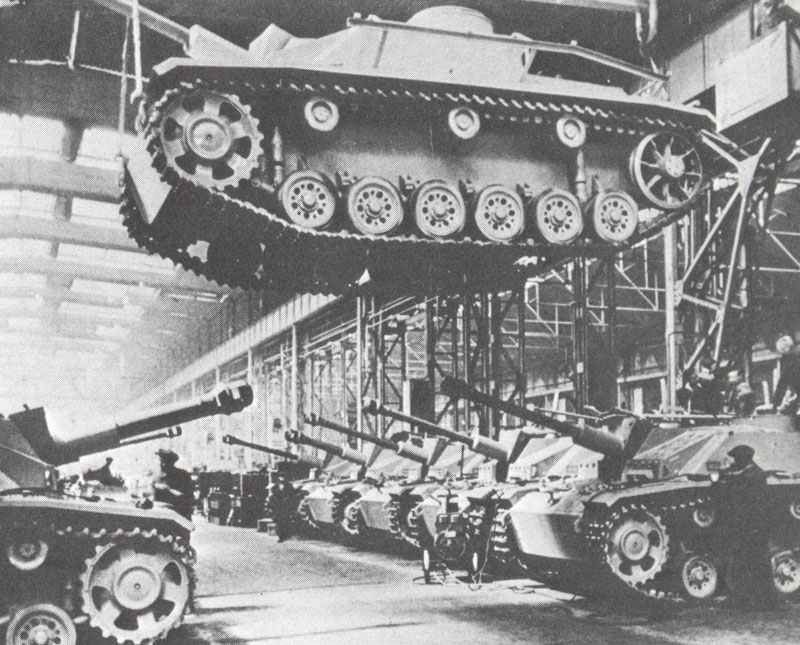Deployment of Anglo-American forces by theaters in summer 1942.
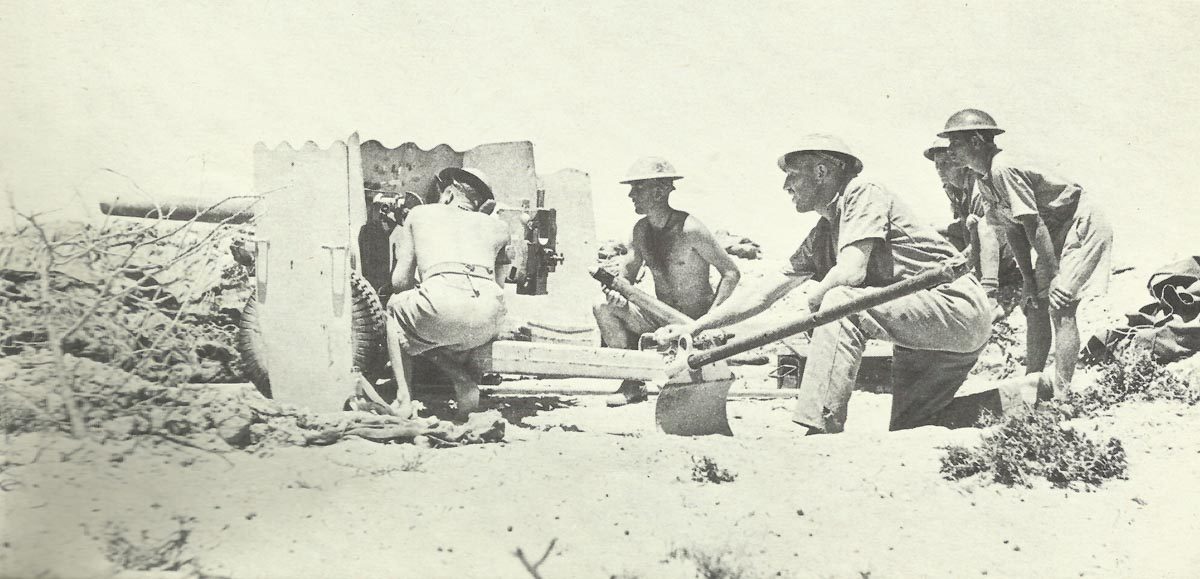
Deployment of the armed forces of the Anglo-Americans (Britain with Commonwealth and United States) by theatres of war (Europe, Middle East, Atlantic) in summer 1942 according to nominal (paper) strengths (TOE).
Deployment of Anglo-American forces
Table of Contents
British and Commonwealth Ground Forces
British and Commonwealth Forces – Divisions:
Theaters of War | Coastal defense, Airborne | Motorized Infantry | Armoured |
|---|---|---|---|
8th Army (Western Desert) | - | 5 | 2 |
8th Army (Fortress Tobruk) | - | 1 2/3 | 1/3 |
British troops Egypt | - | 2/3 | 1 |
Shipping transfer to 8th Army | - | 1 | 1 |
9th Army (Palestine) | - | 1 2/3 | - |
10th Army (Iraq) | - | 2 | 1 |
Cyprus | - | 1/3 | - |
Great Britain | 8 | 26 | 2 1/3 |
in UK for Operation Torch | - | 1 | 1 |
Reinforcements for 8th Army for time of Second Alamein | - | 3 1/3 (2 from UK) | 2 2/3 (from UK) |
TOTAL | 8 | 42 2/3 | 11 1/3 |
British and Commonwealth Forces – Infantry:
Theaters of War | Infantry (rifle men) | automatic rifles | sub-machine guns | machine guns | mortars | light anti-tank weapons |
|---|---|---|---|---|---|---|
8th Army (Western Desert) | 43,089 | - | ? | 5,285 | 1,246 | - |
8th Army (Fortress Tobruk) | 13,274 | - | ? | 1,602 | 389 | - |
8th Army (Fortress Tobruk) | 8,130 | - | ? | 1,052 | 223 | - |
Shipping transfer to 8th Army | 10,569 | - | ? | 1,342 | 296 | - |
9th Army (Palestine) | 12,190 | - | ? | 1,920 | 363 | - |
10th Army (Iraq) | 17,886 | - | ? | 2,209 | 514 | - |
Cyprus | 2,439 | - | ? | 289 | 73 | |
Great Britain | 257,450 | - | ? | 33,785 | 7,506 | - |
in UK for Operation Torch | 10,569 | - | ? | 1,727 | 296 | - |
Reinforcements for 8th Army for time of Second Alamein | 33,058 | - | ? | 4,610 | 883 | - |
TOTAL | 408,696 | - | ? | 53,821 | 11,789 | - |
British and Commonwealth Forces – Vehicles and Artillery:
Theaters of War | Tanks | Assault Guns, AFV's | APC's | Trucks | Field guns | AT guns | AA guns |
|---|---|---|---|---|---|---|---|
8th Army (Western Desert) | 347 | - | 1,456 | 13,710 | 456 | 336 | 344 |
8th Army (Fortress Tobruk) | 58 | - | 455 | 4,082 | 136 | 96 | 98 |
8th Army (Fortress Tobruk) | 174 | - | 259 | 2,899 | 96 | 80 | 86 |
Shipping transfer to 8th Army | 174 | - | 344 | 3,618 | 120 | 96 | 102 |
9th Army (Palestine) | - | - | 426 | 3,595 | 120 | 80 | 80 |
10th Army (Iraq) | 174 | - | 600 | 5.776 | 192 | 144 | 150 |
Cyprus | - | - | 85 | 719 | 16 | 16 | 16 |
Great Britain | 580 | 52 | 7,109 | 60,512 | 2,400 | 2,238 | 1,794 |
in UK for Operation Torch | 201 | 26 | 151 | 3,626 | 120 | 250 | 102 |
Reinforcements for 8th Army for time of Second Alamein | 758 | 52 | 1,155 | 10,129 | 312 | 564 | 268 |
TOTAL | 2,466 | 130 | 12,040 | 108,666 | 3,968 | 3,900 | 3,040 |
U.S. Ground Forces
US Forces – Divisions:
Theaters of War | Garrison and Airborne divisions | (partly) motorized Infantry | Armoured |
|---|---|---|---|
Eastern USA | - | ca. 10 | ca. 3 |
Deployed for Operation Torch | - | 4 | 3 |
Iceland | 1 | - | - |
TOTAL | 1 | 14 | 6 |
US Forces – Infantry:
Theaters of War | Infantry (rifle men) | automatic rifles | sub-machine guns | machine guns | mortars | light anti-tank weapons |
|---|---|---|---|---|---|---|
Eastern USA | 85,140 | ? | ? | 3,079 | 1,518 | 7,391 |
Deployed for Operation Torch | 36,120 | ? | ? | 1,306 | 690 | 3,678 |
Iceland | 7,740 | ? | ? | 280 | 138 | 557 |
TOTAL | 129,000 | ? | ? | 4,665 | 2,364 | 11,626 |
US Forces – Vehicles and Artillery:
Theaters of War | Tanks | Assault Guns, AFV's | APC's | Trucks | Feld guns | AT guns | AA guns |
|---|---|---|---|---|---|---|---|
Eastern USA | 681 | 402 | 1,553 | 20,100 | 480 | 1,171 | - |
Deployed for Operation Torch | 590 | 312 | 549 | 9,934 | 192 | 490 | - |
Iceland | - | 24 | - | - | 48 | 109 | - |
TOTAL | 1,271 | 738 | 2,102 | 30,034 | 600 | 1,700 | - |
Deployment of the Air Forces
Strength of RAF:
Theaters of War | Fighter-bombers | light and medium Bombers | Heavy Bombers |
|
|---|---|---|---|---|
Great Britain | c.1,188 | c.540 | c.820 | c.396 |
Iceland and USA | - | - | c.24 | - |
Middle East | c.144 | c.288 | c.386 | c.36 |
Malta | c.90 | - | c.18 | - |
Gibraltar and West Africa | c.18 | - | c.16 | - |
TOTAL | 1,440 | 828 | 1,264 | 432 |
The figures for the US Air Force based on the figures of the US Army Air Force in December 1941.
US Army Air Force:
Theaters of War | Fighters | Fighter-bombers | light and medium Bombers | Heavy Bombers |
|---|---|---|---|---|
Eastern USA | c.651 | - | c.463 | c.86 |
Deployment of Navies
Strength of Royal Navy:
Theaters of War | Battleships | Heavy Cruisers | Light Cruisers | Fleet Carriers | Light and Escort Carriers | Destroyers | Escorts | MTBs | Subs | Merchant Fleet |
|---|---|---|---|---|---|---|---|---|---|---|
Home Waters UK | 1 | c.41 (incl. light) | (with heavy) | 1 | c.3 | c.67 | c.242 | ? | c. 18 | ? |
Iceland, US, Convoy PQ-17 | 2 | 6 (incl. light) | (with heavy) | 1 | - | 23 | 4 | ? | 2 | 34 |
Middle East | 1 | c.8 (incl. light) | (with heavy) | - | c.1 | c.30 | c.4 | c.10 | c.10 | ? |
Malta | - | - | - | - | - | - | - | ? | c.10 | ? |
Gibraltar, West Africa | 2 | c.4 (incl. light) | (with heavy) | 2 | - | c.10 | - | ? | - | ? |
TOTAL | 6 (+5 Far East + 2 under Repair for 1+ year) | c.10 (+ 2 Far East) | c.41 (+5 Far East) | 4 | 4 (+1-2 Far East) | c.130 (+20 Far East) | c.250 | ? | c.40 (+15 Far East) | c.9,787 worldwide (c.19.095m t) incl. Commonwealth, Belgium, Greece, Dutch, Norway |
Strength of US Navy Atlantic:
Theaters of War | Battleships | Heavy Cruisers | Light Cruisers | Fleet Carriers | Light and Escort Carriers | Destroyers | Escorts | MTBs | Subs | Merchant Fleet |
|---|---|---|---|---|---|---|---|---|---|---|
US East Coast | 7 | 3 | 9 | 1 | 7 | 76 | 46 | - | c.40 | c.3,000 (worldwide c. 11.763m t) |
Operation Hercules: The Planned Invasion of Malta (1942)
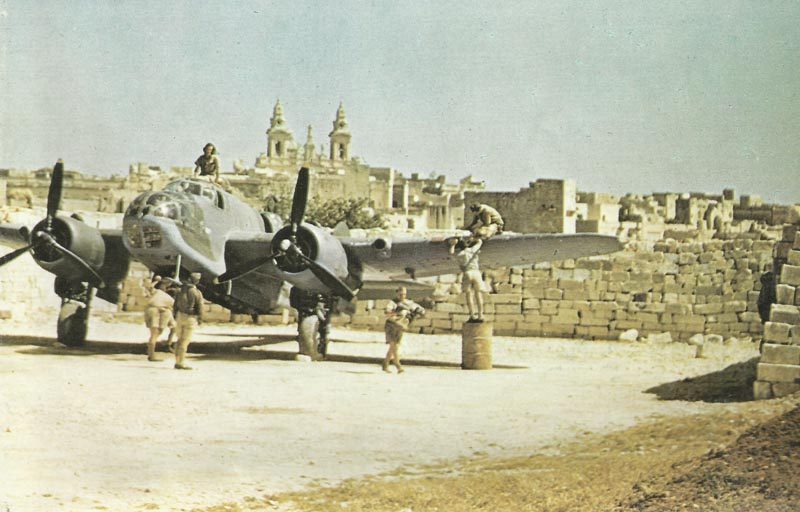
Operation Hercules (Italian: Operazione C3) was the Axis powers’ planned but never executed invasion of the strategically vital island of Malta during World War II.
Strategic Importance of Malta
Malta’s position in the central Mediterranean made it extraordinarily valuable as:
– A British naval and air base directly between Italy and North Africa.
– A staging point for attacks on Axis supply convoys to North Africa.
– A key observation post for Allied intelligence and reconnaissance.
Planning and Preparation
By early 1942, Hitler and Mussolini recognized Malta’s threat to their Mediterranean strategy, particularly regarding supply routes to Rommel’s Afrika Korps. Key aspects included:
– Planned as a joint German-Italian operation with approximately 70,000 troops.
– Extensive airborne component with German paratroopers (Fallschirmjäger).
– Seaborne invasion forces from Sicily.
– Preliminary air campaign to neutralize Malta’s defenses.
– Code-named “Operazione C3” by Italians and “Unternehmen Herkules” by Germans.
Forces Allocated
The operation would have included:
– German X Air Corps and Italian air forces
– German Ramcke Parachute Brigade
– Italian Folgore and La Spezia airborne divisions
– Italian San Marco Marine Division
– Numerous naval vessels for transport and support
Why It Never Happened
The operation was repeatedly postponed and ultimately abandoned for several reasons:
1. Competing priorities: particularly the Eastern Front and North Africa.
2. Resource limitations: particularly transport aircraft and naval escorts.
3. Concerns about casualties: after heavy German paratroop losses in Crete.
4. Leadership disagreements: between Hitler and high command
5. Improved Allied defenses on Malta making invasion increasingly difficult since 1940
Consequences of Abandonment
The decision not to invade Malta had significant strategic consequences:
– Malta remained a thorn in the Axis supply lines to North Africa.
– British forces based there continued to intercept convoys bound for Rommel.
– The supply problems contributed significantly to Axis defeat in North Africa.
Historical Assessment
Most military historians view the failure to neutralize Malta as a significant strategic error by the Axis powers. By abandoning Operation Hercules, they allowed the island to remain an effective Allied base that substantially impacted the North African campaign and, by extension, the entire Mediterranean theater.
References and literature
The Armed Forces of World War II (Andrew Mollo)
World War II – A Statistical Survey (John Ellis)
Der Grosse Atlas zum II. Weltkrieg (Peter Young)
The Desert War (Andrew Kershaw, Ian Close)
The Unknown Alamein – Crucial Battles of World War 2 (Charles Messenger)
Krieg der Panzer (Piekalkiewicz)
Luftkrieg (Piekalkiewicz)
Flotten des 2. Weltkrieges (Antony Preston)
A World at Arms – A Global History of World War II (Gerhard L. Weinberg)


